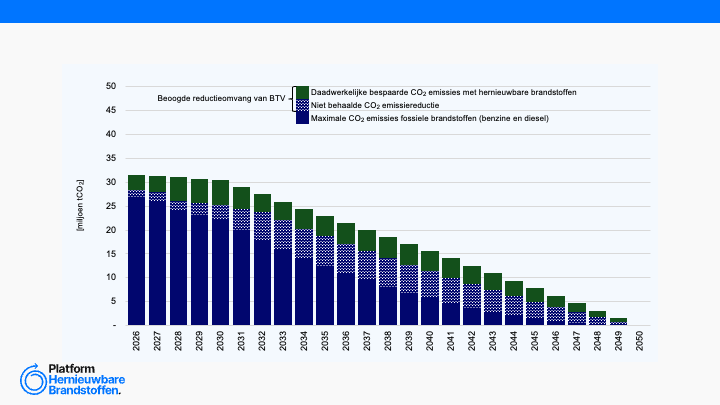EEA | 2023: The European Biomass Puzzle

This report by the European Environment Agency provides a comprehensive overview of the complex relationship between biomass utilisation and the objectives of the European Green Deal. Several key themes emerge, highlighting both the potential benefits and challenges associated with biomass use in achieving sustainability goals.
Balancing Act: The document underscores the intricate balance required to harness biomass effectively. While biomass is crucial for diverse sectors, its finite nature and multiple end-uses necessitate careful consideration of trade-offs. A central challenge lays in striking a balance between addressing food and energy security, climate change mitigation, and biodiversity conservation.
Policy Influence and Conflicts: The role of EU policies in shaping biomass utilisation is emphasised, with a spotlight on potential conflicts. Conflicting policy targets within the European Green Deal raise concerns about the feasibility of achieving diverse objectives simultaneously. Several of the Fit for 55 policy incentives can drive up demand for biomass for several purposes. Simultaneously, policies focusing on reducing the impacts of biomass production on biodiversity and ecosystems stimulate the expansion of areas where no production activities are allowed, benefiting the quality and quantity of biomass left in nature, but decreasing biomass supply for utilisation.The analysis highlights the need for nuanced policymaking to harmonise these conflicting demands on biomass.
Climate Change Mitigation Complexity: The report delves into the intricate role of biomass in climate change mitigation. Biomass use for energy is considered carbon-neutral in the long term due to the uptake of CO2 during the growth of biomass. This makes it an attractive way of substituting fossil fuels and bringing down net carbon emissions. However, biomass or biofuel combustion does have exhaust emissions in the short term and causes higher particulate matter emissions and volatile organic compounds. This trade trade-off between reducing fossil fuel consumption and addressing air pollution adds a layer of complexity to the climate change mitigation narrative.
Further challenges to biomass mobilisation and management: The report emphasises that availability of biomass might pose a significant challenge in the near future. Regional differences in production and demand of different biomass types requires extensive coordination and internal trade within the EU. The urgency of decision-making is emphasised, particularly in light of declining ecosystem conditions and the potential impact of climate change on primary production sectors. The report calls for immediate attention to policy interventions on land use and management.
Synergies and Trade-offs: The analysis recognises the existence of synergies and trade-offs in biomass management. It acknowledges that what may benefit one stakeholder could be perceived as a disservice by another. The puzzle metaphor aptly captures the need to navigate through these complexities, considering the various stakeholders involved in biomass production and consumption.
Conclusion: The analysis provides a nuanced understanding of the challenges surrounding biomass utilisation in Europe. It highlights the importance of informed decision-making, collaborative policymaking, and a holistic approach to balance diverse objectives that lay sometimes conflicting claims on the use of biomass, which prevents them from being achieved simultaneously. The recognition of policy responses as a crucial aspect of addressing the biomass puzzle highlights the report's practical orientation, making it a valuable resource for stakeholders engaged in shaping policies related to biomass within the broader framework of sustainability and climate action.
Recente artikelen
Analyse brandstoftransitieverplichting

Nederlandse industrieclusters presenteren bidbook: Een basisindustrie om op te bouwen: nu & in de toekomst



